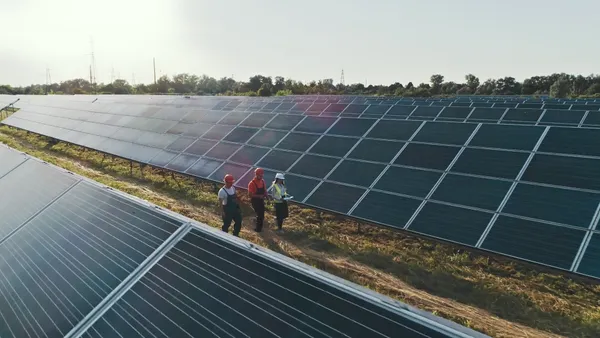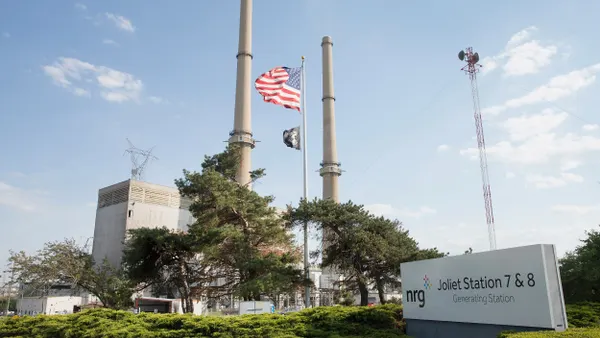Dive Brief:
- A coalition of several states and industry interests asked the U.S. Court of Appeals for the District of Columbia Circuit last week to toss out the Obama administration's Mercury and Air Toxics Standards (MATS), after the U.S. Supreme Court remanded the law back to the appeals early this summer.
- The U.S. Environmental Protection Agency also filed with the court, requesting it to allow the agency to make changes to the rule, rather than throwing out the regulatory package entirely.
- The high court ruled in June that the agency should have taken costs into account when making an initial determination into the appropriateness of regulating mercury and other harmful coal plant pollutants the plan targets.
Dive Insight:
The Supreme Court did not throw out the MATS rule entirely in its June decision. Rather, it took issue with how the agency determined that the regulations on mercury and other pollutants were “appropriate and necessary,” an initial finding that begins the process of writing a regulation.
The plaintiffs, a group of nearly 20 states led by the state of Michigan and White Stallion Energy Center, argued that the EPA should have considered the cost of the regulation when it made that initial finding. The EPA argued that it factored in cost later in the process of crafting the rules, and that it was under no specific obligation from the Clean Air Act to factor them in for the initial finding.
Justice Antonin Scalia wrote the majority opinion in the 5-4 decision for the plaintiffs, finding that the agency did not interpret the Clean Air Act properly in the initial finding. But his opinion did not question the legality of regulating coal plant pollutants itself, leaving the D.C. Circuit to decide how to enforce the decision.
The appeals court has two options, legal experts told Utility Dive in June. It could simply allow the agency to revise the initial "appropriate and necessary" finding to include cost estimates, or it could vacate the rule entirely, forcing the agency to start over from the beginning or abandon the rule.
The plaintiff coalition filed with the D.C. Circuit on Thursday, asking it to do this that. It argued the agency overstepped its legal authority in issuing the rule. Other coal generators critiqued the EPA's estimated health benefits.
"An agency's rule cannot continue to have the force of law, imposing binding obligations on private citizens, when it has been declared unlawful," the state group wrote.
EPA also filed with the court for time to tweak the rule, saying tossing the emissions regulations entirely mean regulatory uncertainty and the loss of health benefits. That outcome seemed the more likely one to many legal scholars in the days after the ruling, since the Supreme Court did not question the agency's authority to regulate mercury and other harmful pollutants.
No matter the decision by the D.C. Circuit, the impact of MATS has already been felt by the nation's utility sector. The rule was expected to pull about 12 GW of coal-fired generation offline this year, and 54 GW offline cumulatively by 2016.
Roughly 200 coal plants, representing about 20% of U.S. generating capacity, received one-year extensions on the compliance deadline, in most cases to complete installation of pollution scrubbing technology. Complete vacatur of the MATS rule, the agency warned, would create great uncertainty for a sector nearly compliant with the rule.
According to the EPA, the regulations could prevent up to 11,000 premature deaths each year by limiting mercury, particulate matter, and other pollutants. The agency said it intends to complete its cost consideration as close to April 15, 2016 as possible.











